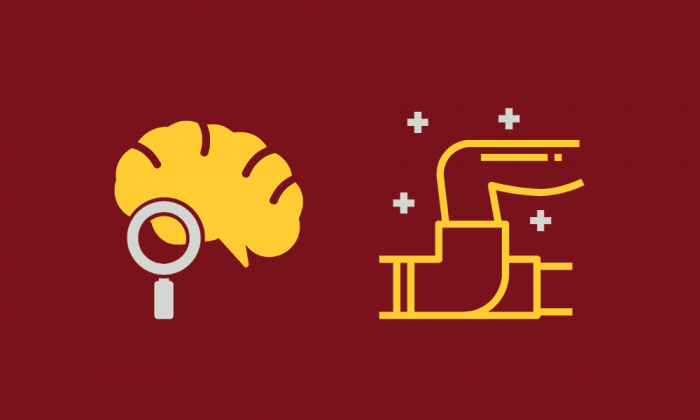
National Physical Therapy Month occurs each October to showcase the transformative impact that physical therapy (PT) can have on a person's life. Typically, the general public thinks of PT as an orthopedic assessment or recovery plan from an injury. While that is a common practice of physical therapists, they also treat and research an extremely wide range of conditions in fields such as neurology, oncology, emergency medicine and many others. PT has become an increasingly important option for patients who hope to overcome physical disabilities, avoid medications with a high potential for abuse, reduce pain or improve their overall quality of life.
Historically, PT would help someone through a very prescriptive treatment plan for a disorder that caused physical disability. Now, physical therapists conduct innovative research to better understand how exercise and early interventions can reduce the long-term ramifications of different conditions.
Rebekah Summers, PT, DPT, PhD, a physical therapist with University of Minnesota Physicians and a postdoctoral fellow in the U of M Medical School, conducts research on complex neurological disorders, including movement and neurodegenerative disorders. Dr. Summers is working on a project that identifies people who are at higher risk for developing Parkinson's disease through sleep and movement analysis, non-invasive brain stimulation and brain imaging. She collaborates with various experts at the Center for Magnetic Resonance Research and Non-invasive Neuromodulation Lab to examine how brain plasticity or connectivity changes may indicate risk of future disease.
Physical therapy has so much to offer. Oftentimes, we wait until a disease has progressed to a point where people are disabled when physical therapy could be an early alternative to prevent or mitigate disability.
Dr. Summers
Timing is crucial for success with many patients, but especially for neurological conditions.
“For people with movement disorders, we want to see them right after a diagnosis. If we can find people that have early signs of disability or who already have disabilities, then we get them into therapy right away. It’s a neuroprotective, preventative and cost-effective option that protects people's quality of life as they age,” Dr. Summers said.
One particular example is dystonia, a movement disorder in which a person's muscles contract involuntarily. Dystonia has no cure, and the disease often creates a cascade of other problems, such as immobility, isolation and depression.
Much of Dr. Summers previous research has focused on dystonia and on identifying what aspects of brain circruity are abnormal or if non-invasive brain stimulation may help to alleviate the muscle spasms. While studying dystonia during her doctoral training, Dr. Summers also developed coursework for Doctor of Physical Therapy students on the best practices for treating dystonia with physical therapy. This work will inform future physical therapists to provide the best care possible.
“It’s been interesting to study it and then meet and hear from patients before going back to the curriculum to teach it to students,” Dr. Summers said. “We’re learning better how to treat these people in a more holistic and helpful way.”
As demonstrated by Dr. Summers’ work, physical therapists are becoming integral in new ways, and their impact will continue to reverberate throughout medicine. PT is applicable to so many conditions, making advancement of the field particularly important for the future of healthcare.
“We need to emphasize movement as medicine. I think physical therapy has such a high value to offer people. As we age, we’re going to get weaker and slower with more joint pain. Physical therapy can help with all of those things,” Dr. Summers said.